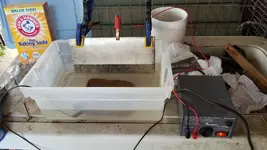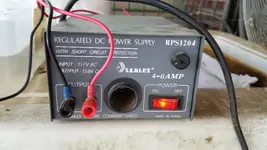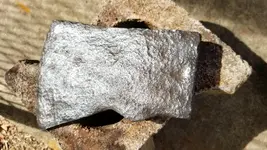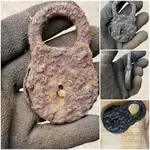SeekerProB
Sr. Member
- Joined
- Nov 16, 2018
- Messages
- 315
- Reaction score
- 1,257
- Golden Thread
- 0
- Location
- South East Alabama
- 🏆 Honorable Mentions:
- 1
- Detector(s) used
- Began with Bounty Hunter, Now have AT Pro and AT Max.
- Primary Interest:
- Metal Detecting
- #1
Thread Owner









